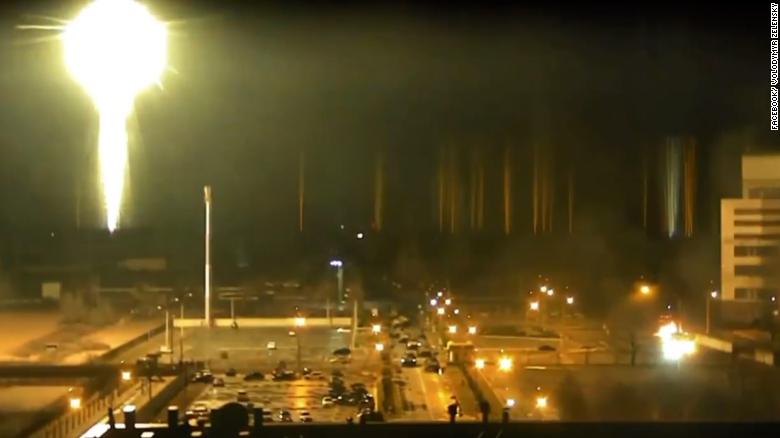
Putin’s war in Ukraine may do more to accelerate renewables than all the speeches at COP26
Bill Nussey’s monthly letter: how the tragic Russian invasion of Ukraine will accelerate the path to a renewable energy future.

Bill Nussey’s monthly letter: how the tragic Russian invasion of Ukraine will accelerate the path to a renewable energy future.
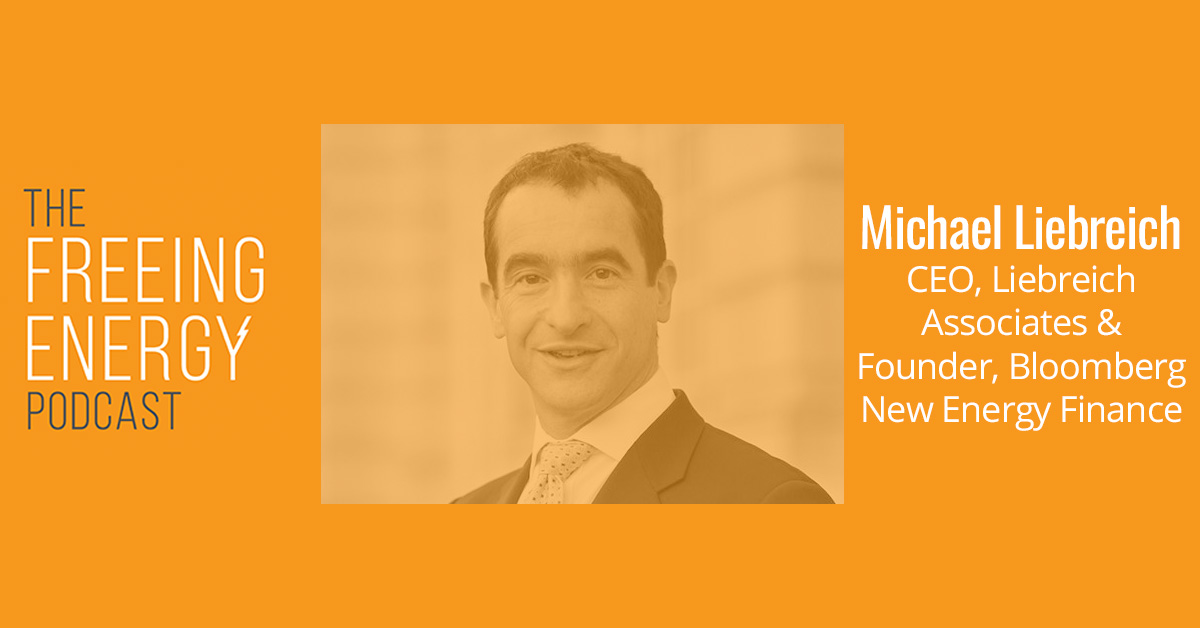
Michael Liebreich, the world-renowned thinker, investor, philanthropist and much sought after advisor, weighs in on the renewable energy solutions we should all pay attention to and why.
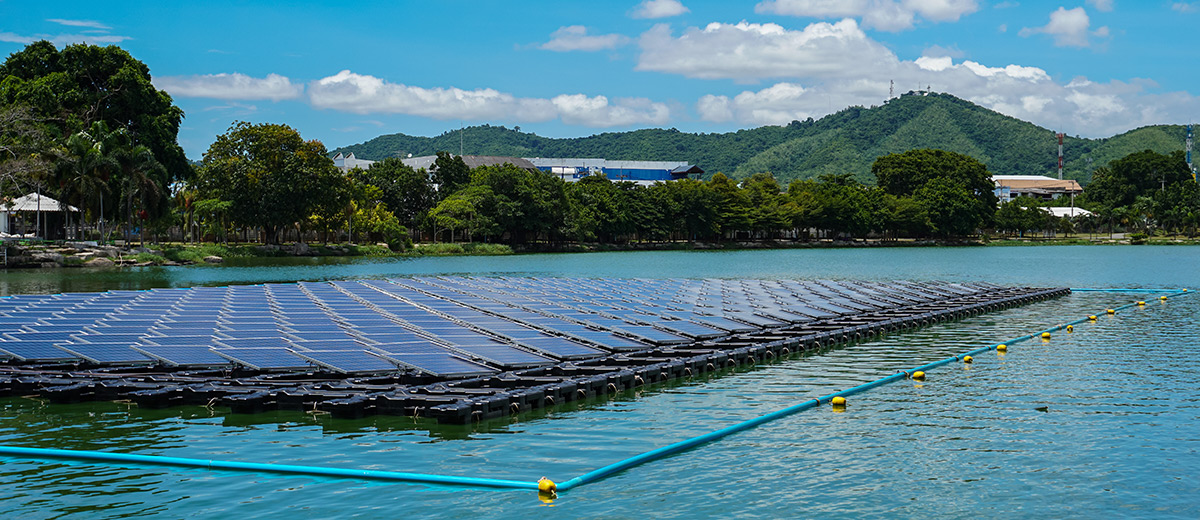
Renewable energy technologies like solar, hydro, and wind require a lot of land. But, how does their impact compare to coal, nuclear, and natural gas?
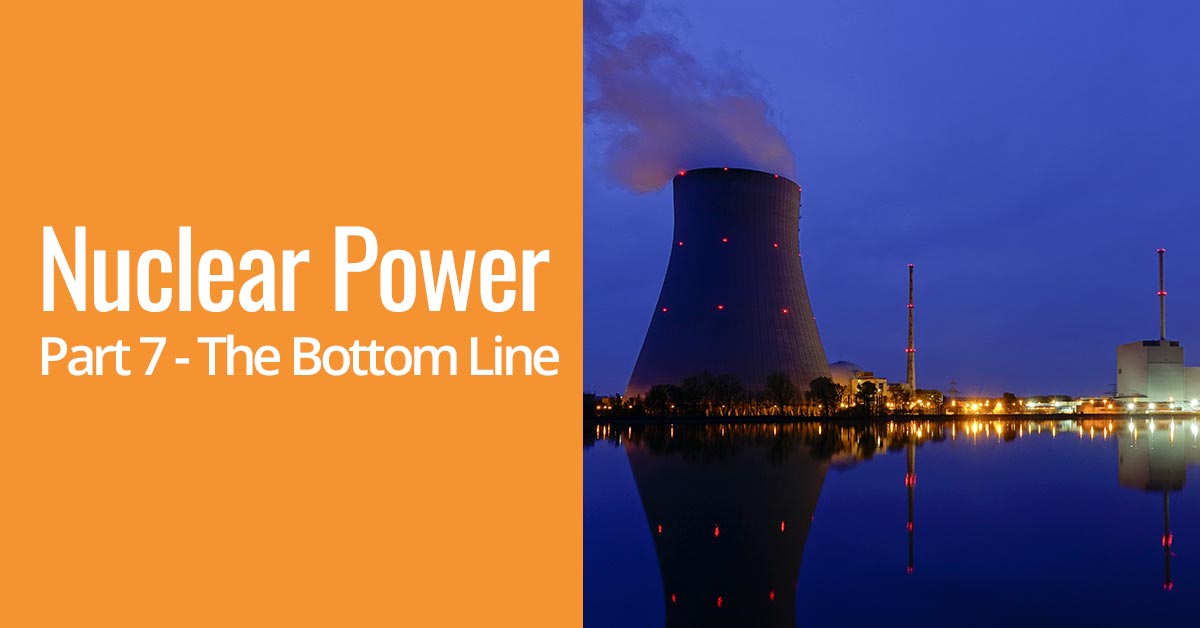
Nuclear power is the most divisive and debated of all electric generation solutions. Critics say Fukushima and Chernobyl prove it is too dangerous. Supporters say there is no other proven way to generate huge amounts of carbon-free, baseload electricity. So, what is the answer? Should we step up our adoption of nuclear power or shut it down altogether?
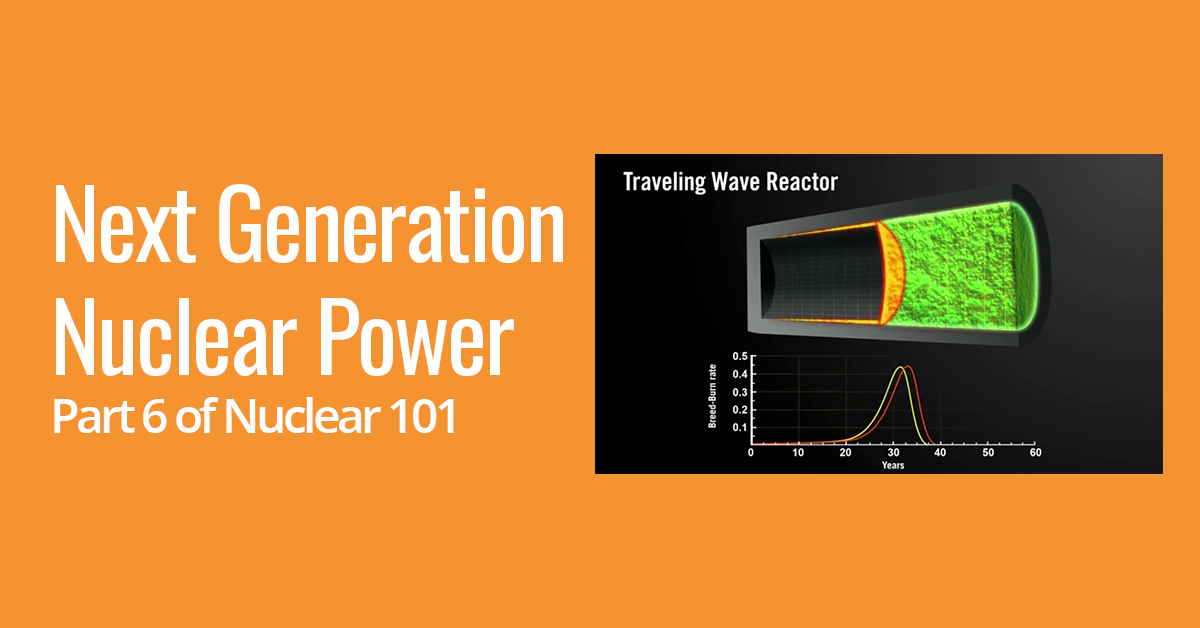
For nuclear power to achieve its promise as a source of global-scale, rock-steady, emissions-free power, new approaches are needed. To understand how nuclear power can rise again, we need to take a look at fusion, small modular reactors, traveling wave reactors and more.
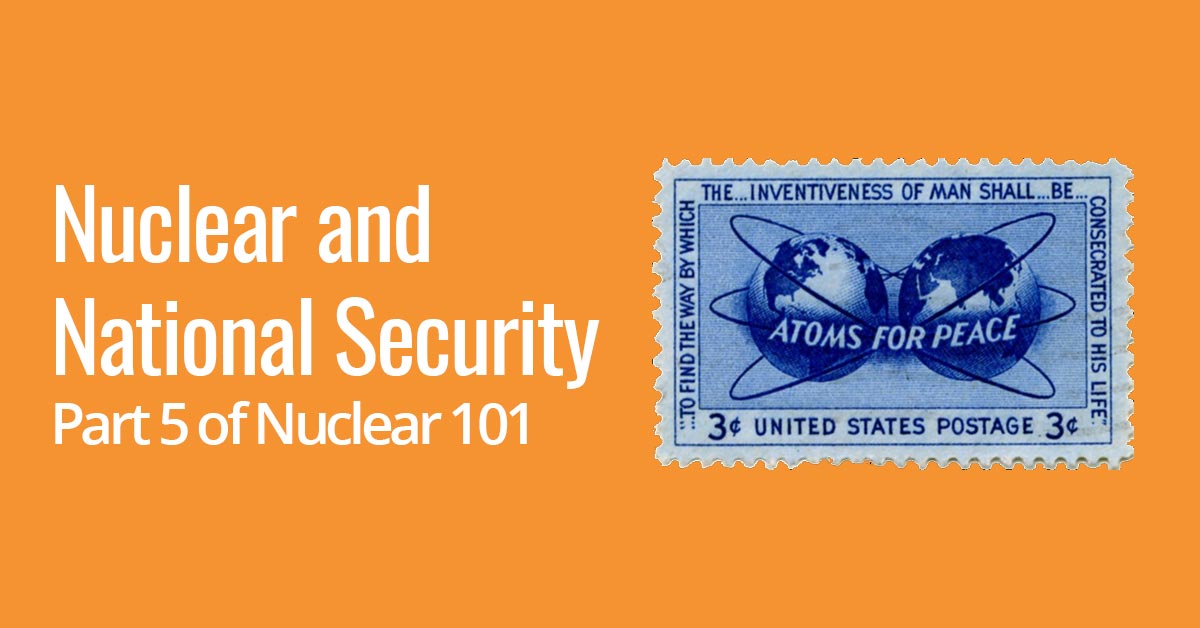
While a stable grid is essential for the well being of developed countries, nuclear power magnifies the risks and rewards of making electricity to a level of national security. Few types of power generation are more contentious and none have the potential to affect the well being of nations like nuclear power – as both defender and demolisher.
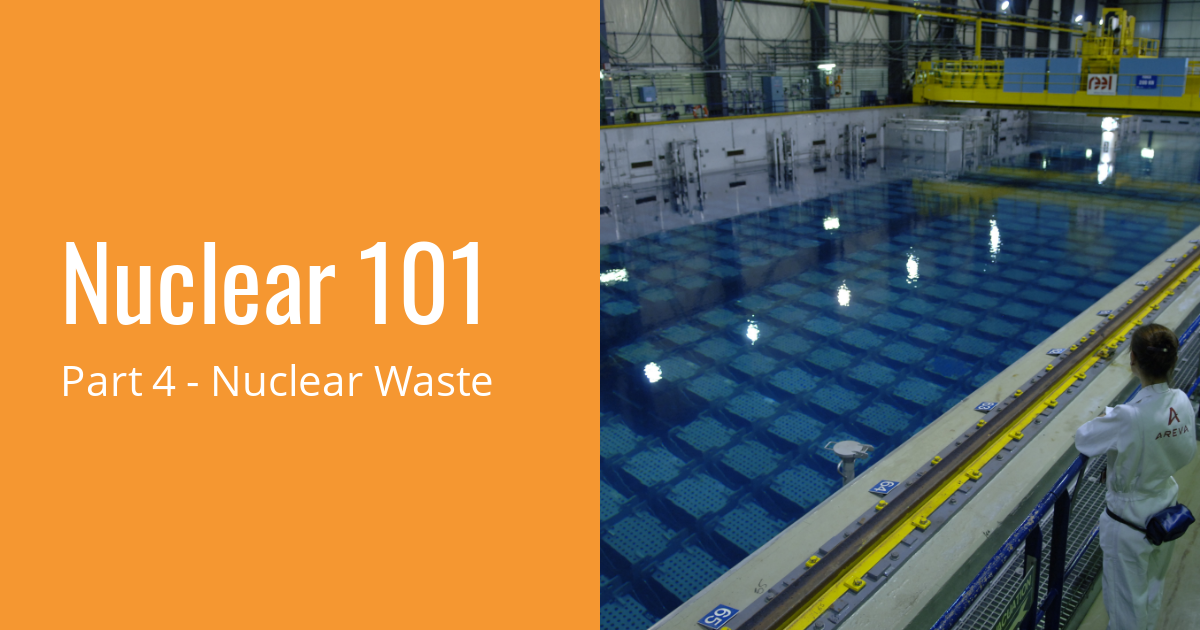
Nuclear power plants produce almost no greenhouse gases. If you want a huge amount of steady 24/7/365 electricity that has minimal impact on climate change, nuclear is your go-to option. But the environmental promise of minimal greenhouse gas emissions comes with an environmental cost: nuclear waste. Decades of nuclear power has resulted in 250,000 tons of accumulated waste.
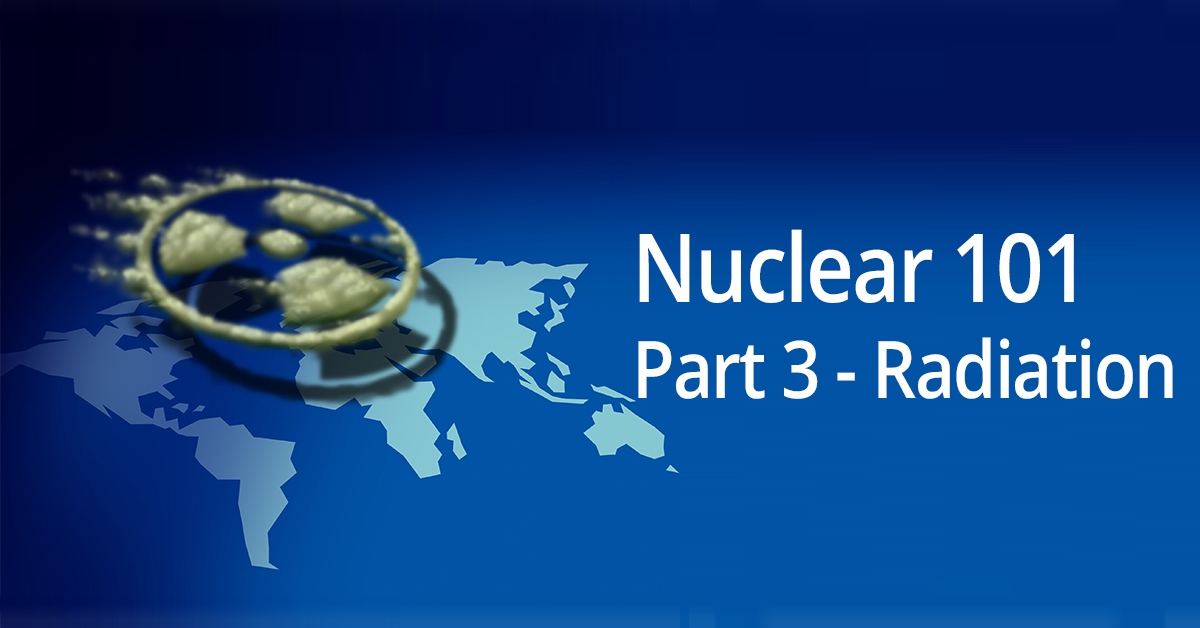
Radioactivity triggers a deep dread in most people. It is invisible and hard to detect. It is associated with birth defects. It can lie dormant in adults only to emerge as cancer decades later. But just how dangerous is it really? How harmful is the radiation from nuclear accidents?
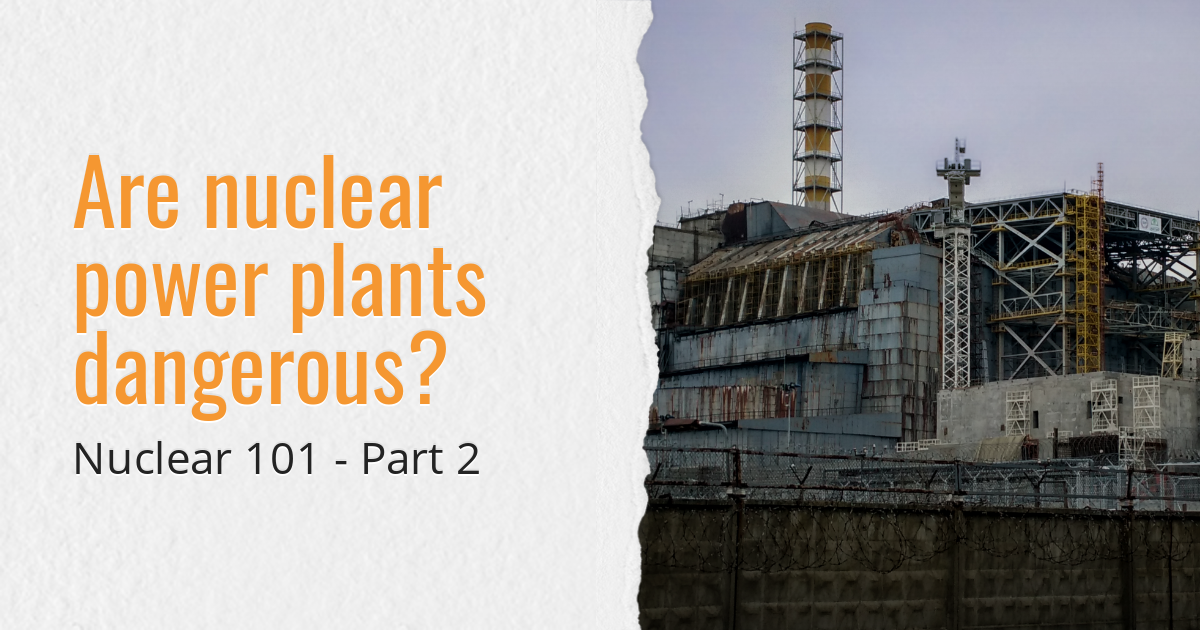
Nuclear power has a unique challenge. While it’s much safer than most people realize, it easily conjures up thoughts of meltdowns, sickness, and bombs. Decades of movies and the occasional nuclear disasters have kept these fears at the forefront of people’s minds. Up until recently, the future of nuclear power looked grim. However, the growing concern over greenhouse gases has put nuclear back in the spotlight as a possible source of carbon-free electricity.
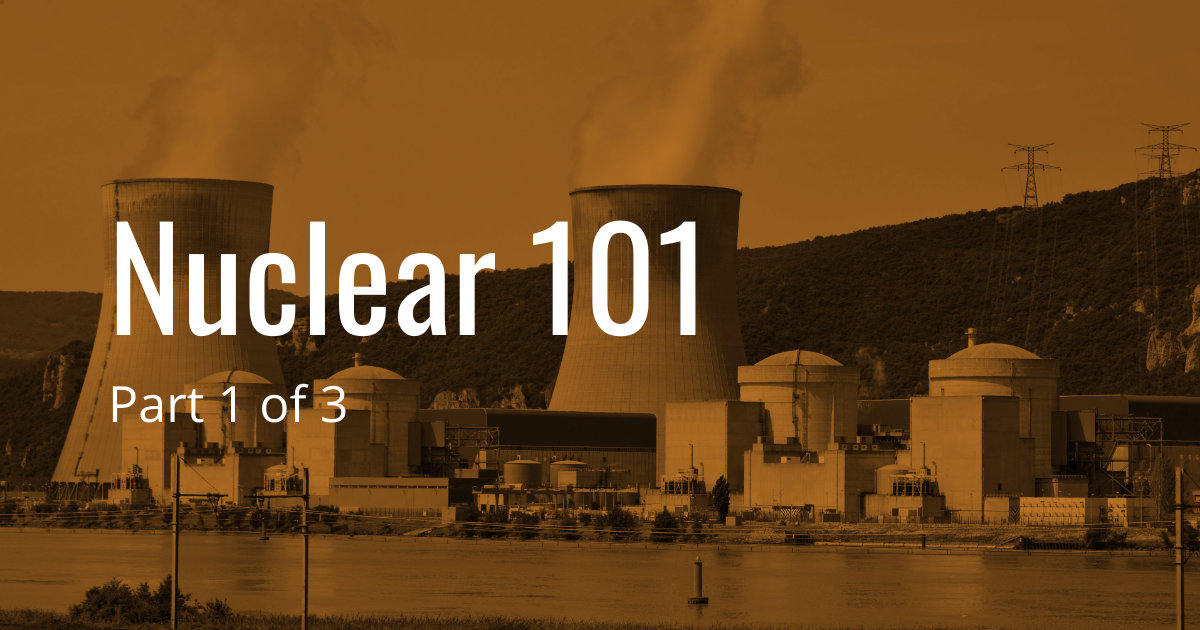
While nuclear may be a greenhouse gas-free source of energy, it is far from the most cost-effective way of generating electricity.
© 2021 All rights reserved